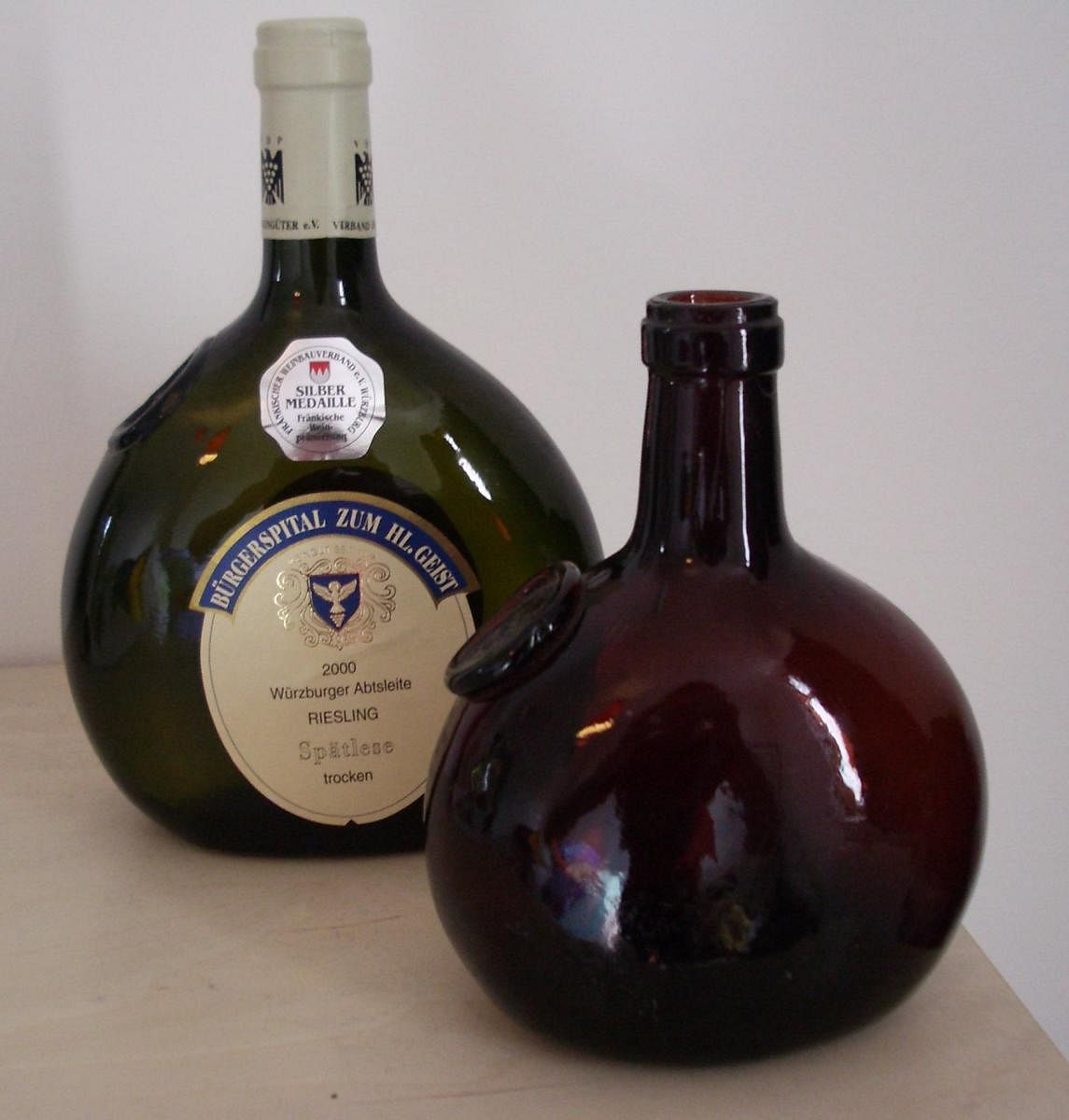

The Silvaner grape, which is so typical of the Franconian region that it tastes like home, is grown in our best vineyards, according to Tanja Strätz of Weingut Juliusspital, Germany’s second-largest winery and a company that has been making wine since 1576. When wandering across Bavaria, I had no idea I would come across a wine region straight out of a fairy tale. After all, this is the country where beer flows freely, strictly adhering to the Reinheitsgebot, or law on beer purity, which was enacted in 1516. In fact, my trip to Würzburg is sandwiched between stops in Munich and Bamberg, which is noted for its smoky Rauchbier (where Oktoberfest is in full swing). Yet, the wine enthusiast in me cannot resist the chance to sample the dry, mineral-rich Silvaner wines, which, while less aromatic than the more well-known Riesling, are nonetheless delicate, crisp, and eminently palatable.
Vineyards galore
As far as the eye can see, the area is covered in vineyards, with the most attractive location being along the incline up to the massive Fortress Marienberg, which dates back to the Middle Ages. I observe a kiosk at the end of the bridge that appears to draw a swarm of people as I turn around to face St Kilian Cathedral and the Alstadt. They lead me to the restaurant Alte Mainmühle, where wine is being served through a tiny window next to the entrance. I place my order for a glass of wine and move it to the middle of the bridge where I can take in the breathtaking views of the river and vineyards on all sides. The wine is a little acidic but has a unique minerality, and I find myself enjoying its freshness. And this is not my first sip of Franconian wine!
Cellar treasures
I had taken the train from Bamberg to Würzburg earlier that morning, left my bags at the accommodation, and then quickly travelled to Bürgerspital Weinhaus. This winery, which was established in 1316 and has 120 hectares of grapes that produce a million bottles a year, is the oldest in the city. I am given a tour of Bürgerspital by Giovanni Bellanti, who also regales me with tales from the location’s past.
The sprawling building complex that houses Bürgerspital Weinhaus is built around a courtyard. We enter the winery where workers are cleaning a mound of grapes. We go down a flight of twisting stairs and enter a vast cellar filled with rows upon rows of wooden casks, the majority of them carrying white wine that has been aged for four to ten months. Only ten percent of Bürgerspital’s wine is red, and it is typically matured for 12 to 24 months. Several casks include intricate carvings in the Baroque style that tell the story of the establishment or the wine-making process. Bellanti points out a glass box that is fixed to the cellar’s stone wall and holds six very dusty wine bottles. The Steinwein, which originates from the mountainous Stein site above Würzburg and dates to 1540, the era of Shakespeare and Martin Luther, is the oldest bottle of white wine in the world, and we are proud to have it, the man says.
Tasting notes
Later that day I went to Weingut Juliusspital, another historic vinery in Würzburg. The winery’s foundation also manages a sizeable public hospital and a number of senior living facilities here. This is the largest Silvaner estate and the second-largest winery in Germany, with 180 hectares of grapes. Riesling immediately comes to mind when you think of German wines, but in Franconia, the Silvaner grape takes centre stage. Franconian wine is also distinguished by its distinctive bottle form. This short-necked bottle with a flattened spheroid bottom is known as a “bocksbeutel” and is protected within the European Union. In the middle ages, wine was stored and transported in animal stomachs, which had a similar shape. When glass bottles came around, this shape was retained in Franconia. Over time, this became unique.